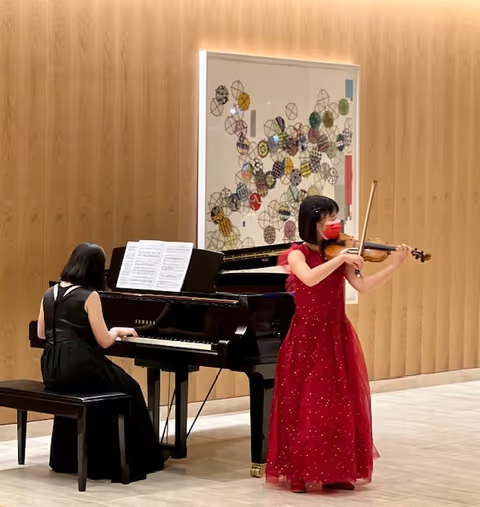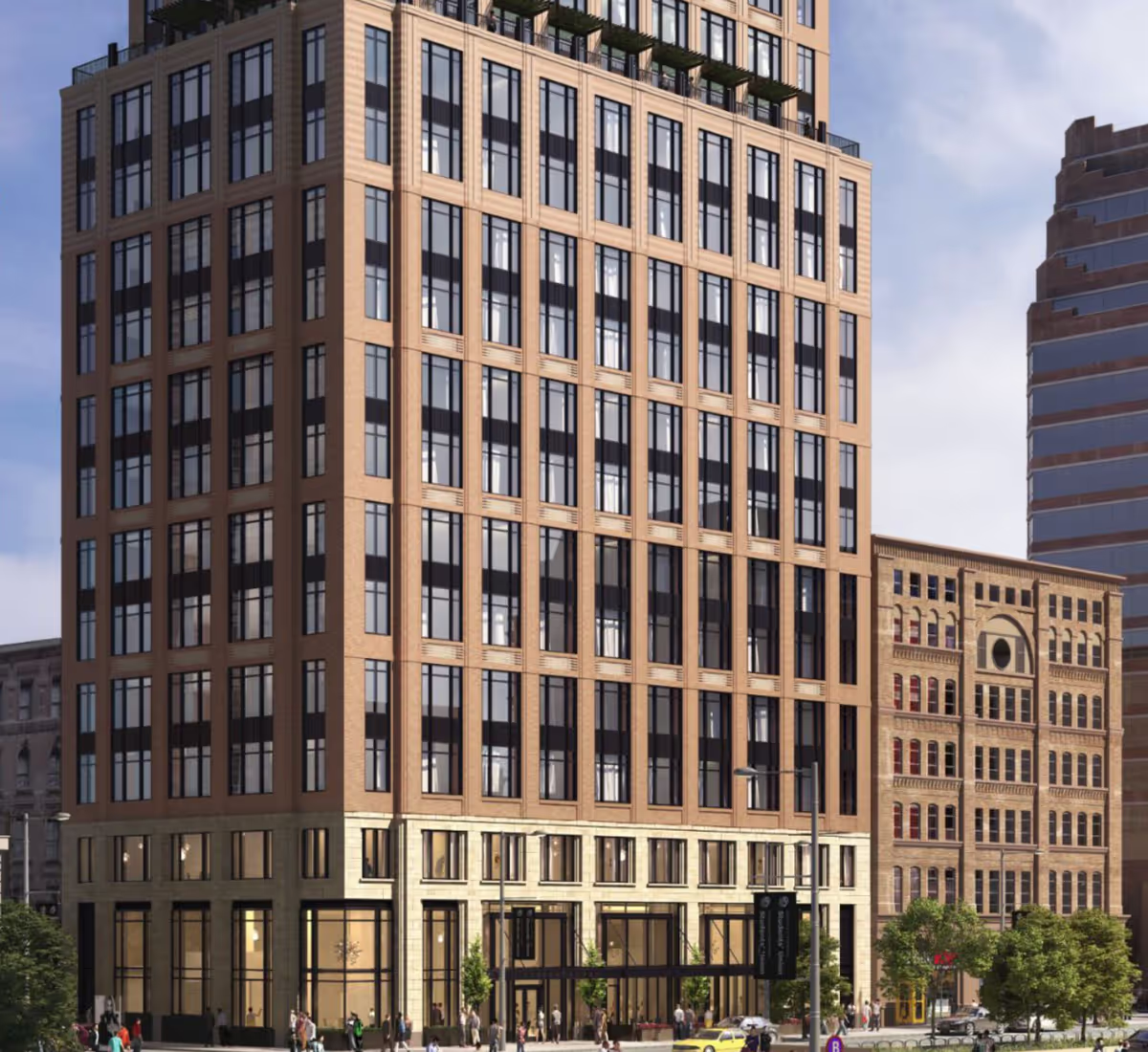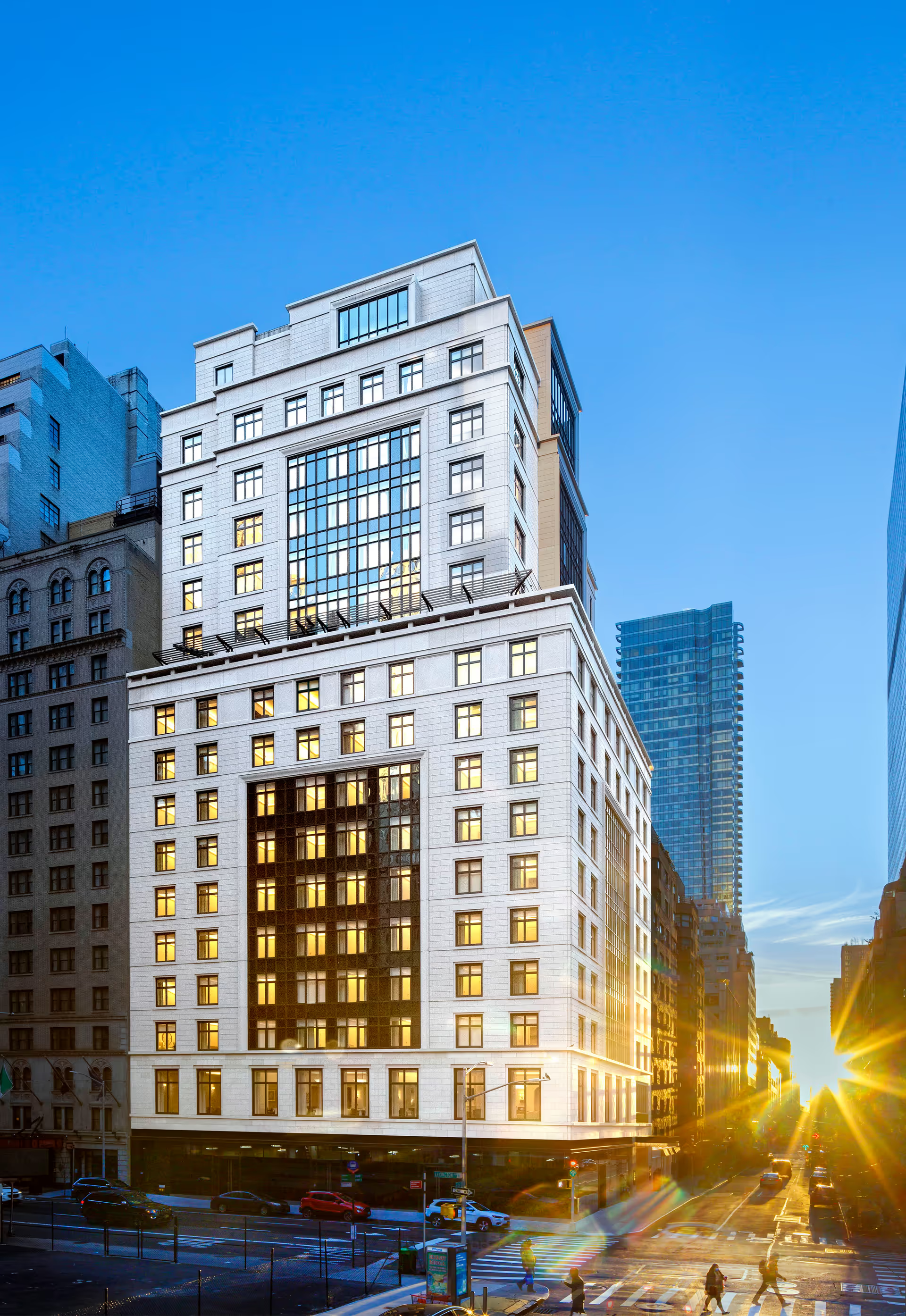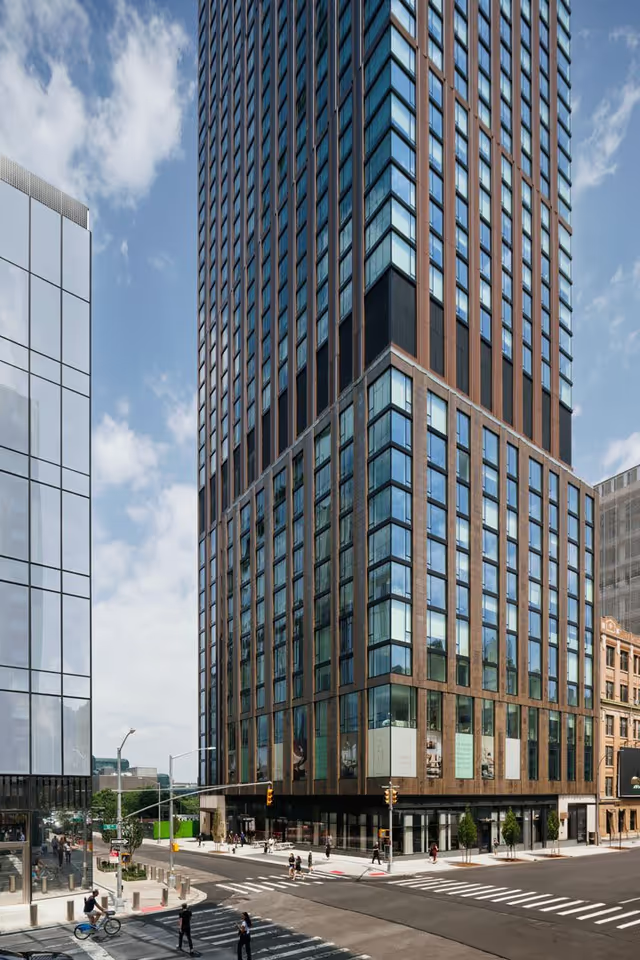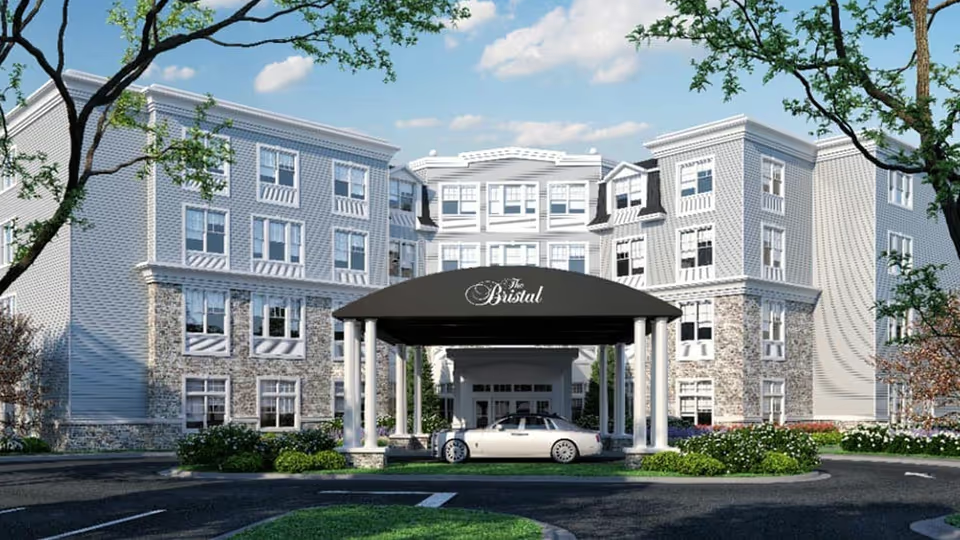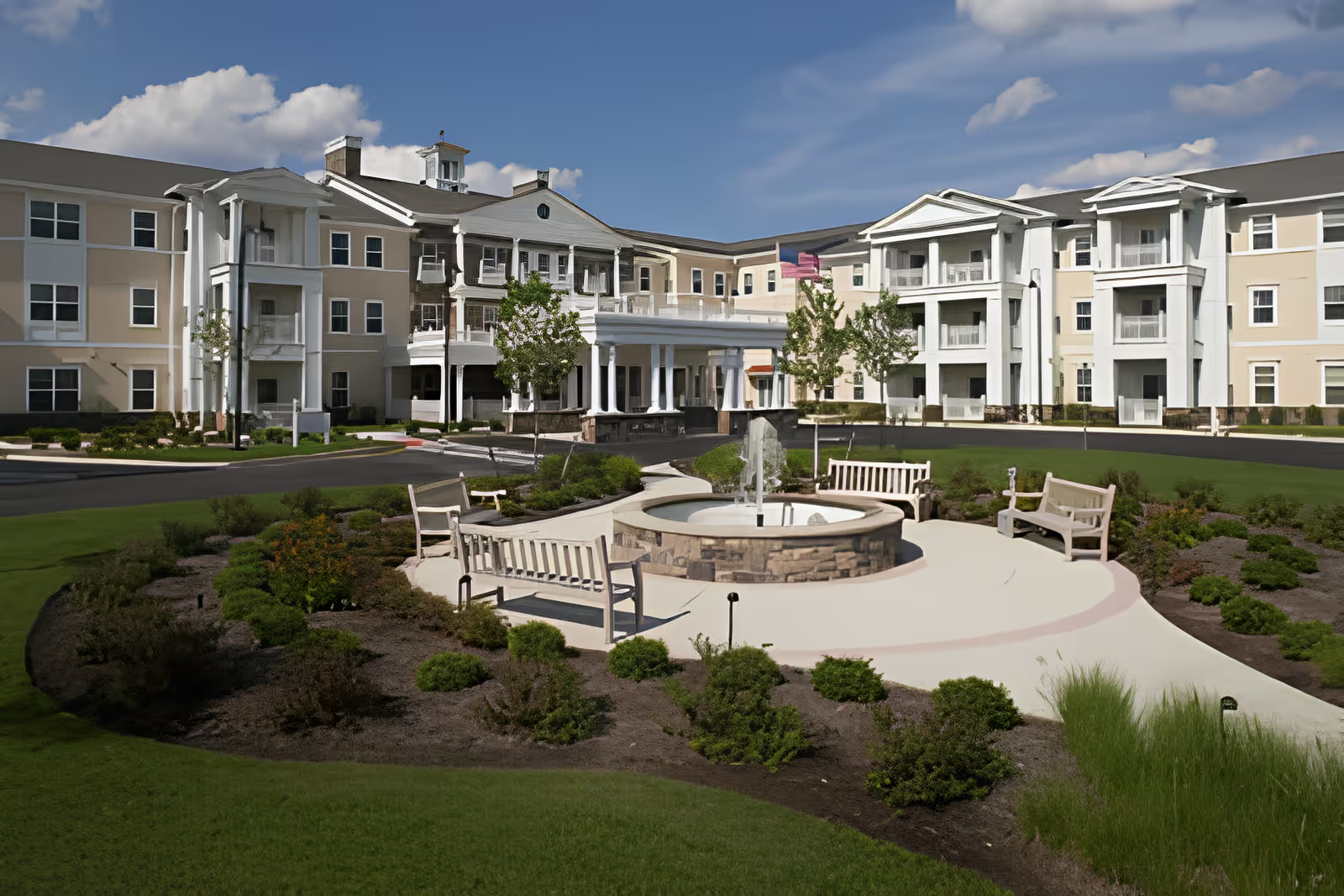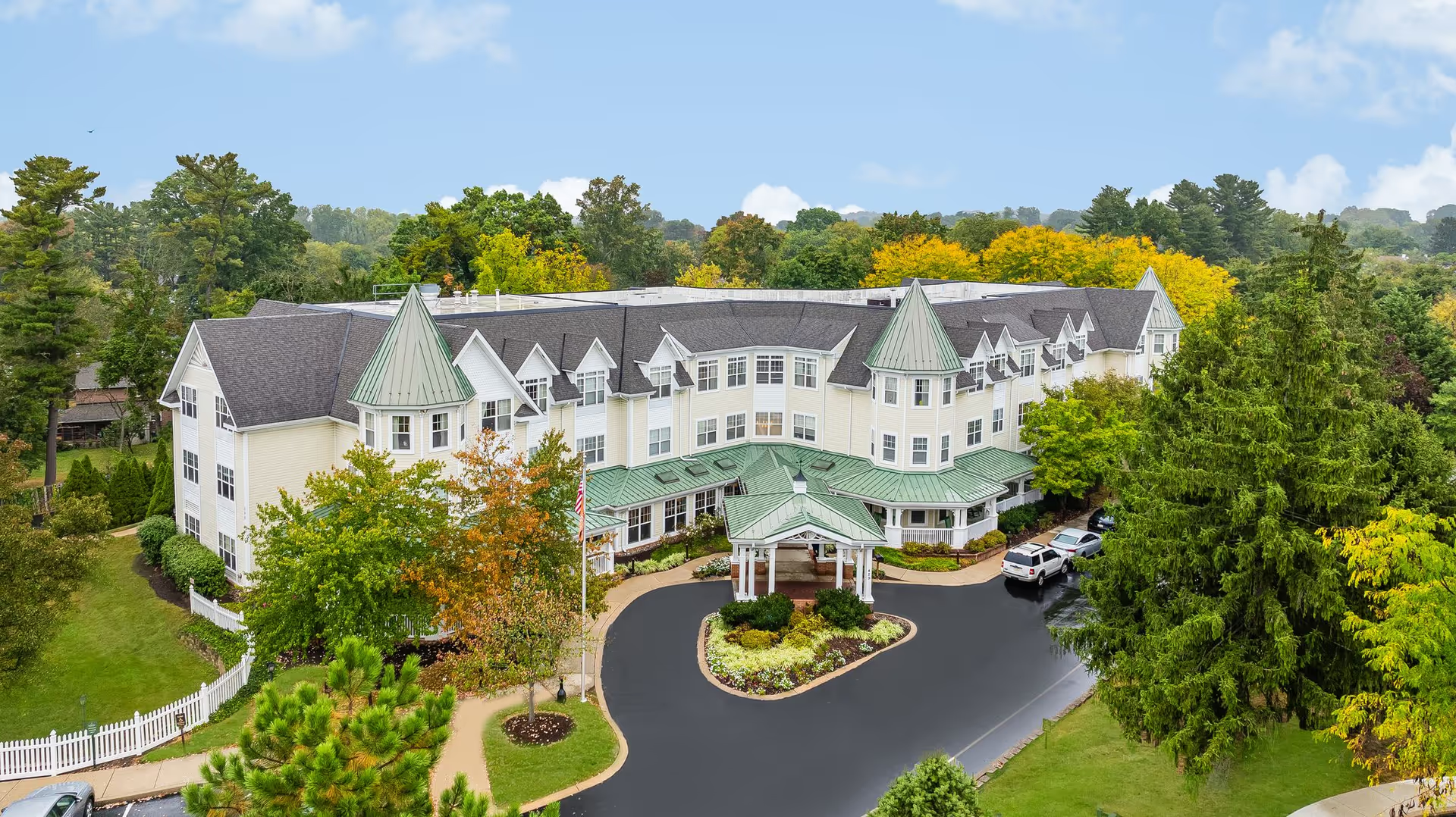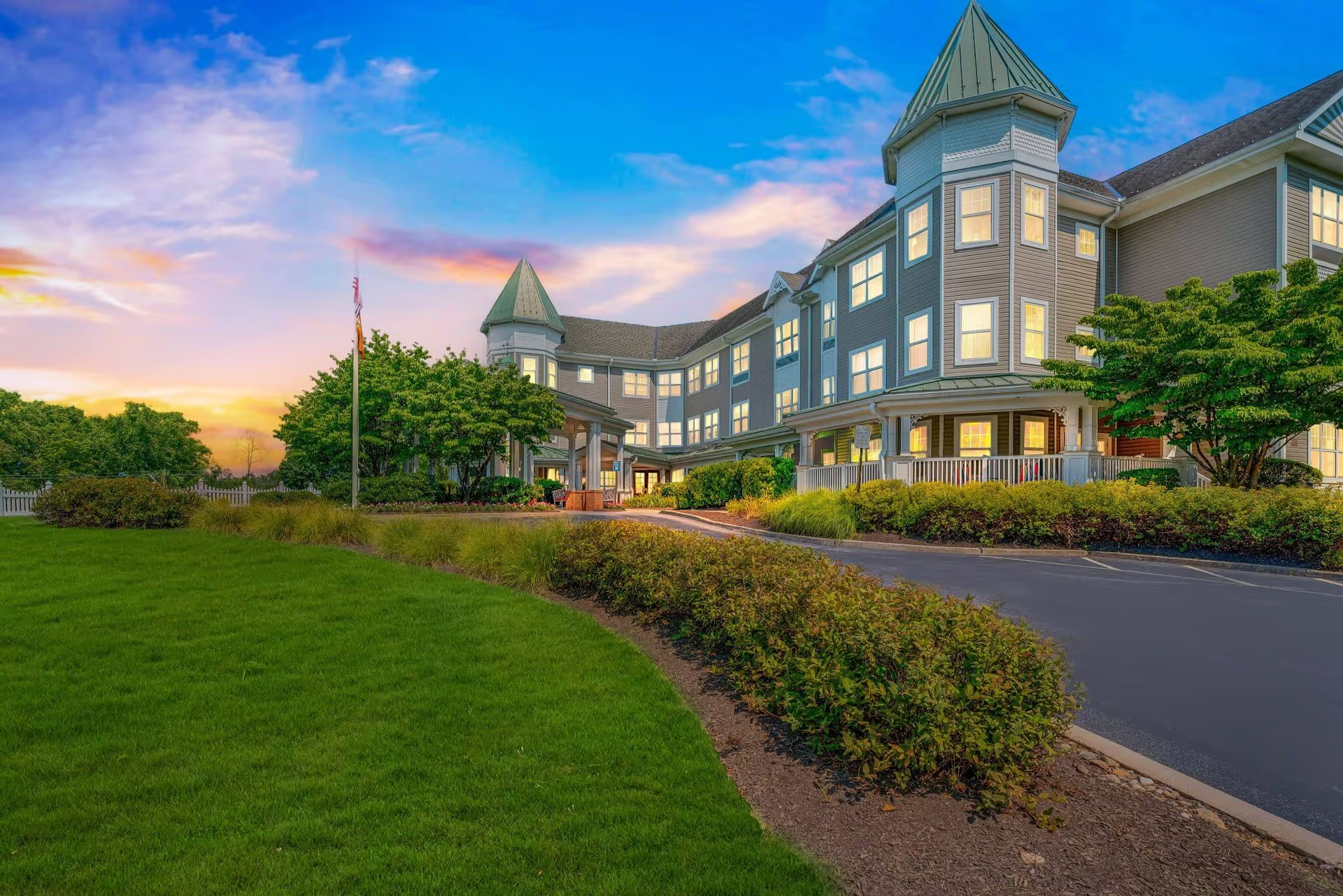Overall sentiment about The Club at Briarcliff Manor is strongly mixed but leans positive on environment, amenities, and staff warmth while raising consistent concerns about clinical depth, staffing levels, management, and cost. Many reviewers describe a new, luxurious, hotel-like community with exceptional architecture, sweeping Hudson River views, clean spaces, large apartments and a long list of on-site amenities (movie theater, art studio, theatre, library, craft rooms, activity rooms). The social calendar is repeatedly praised — bridge, book and card clubs, music, movies, lectures, off-site cultural trips, walking clubs and frequent entertainment are common highlights. Multiple accounts emphasize smooth move-ins, concierge and valet support, and a welcoming culture that helps residents avoid isolation.
Care quality and staffing produce the greatest divergence in opinions. Numerous reviews commend warm, attentive aides, supportive nurses and engaged managers who follow up quickly; specific staff members (nurses, Med Techs, concierge and directors) are named and lauded for going the extra mile. At the same time, a substantial number of reviews report understaffing, high turnover, and limited clinical coverage — some families describe only one nurse for the building or no on-site RN at times. There are troubling mentions of inadequate wound-care supplies, expired medications, and inconsistent medication reviews. Several accounts state the community is not licensed or equipped for skilled nursing or 24-hour medical care, and a few families explicitly warn it may be more appropriate for independent living than for higher-acuity assisted living or hospice needs.
Management, operations and culture show variability across reviews. Many reviewers praise responsive leadership, CEO follow-up and hands-on executive directors who resolve issues quickly. Conversely, others describe leadership problems, micromanagement, morale issues, staffing shortages, and decisions that seem financially driven rather than clinically focused. These operational criticisms include reports of slow responses during incidents, inconsistent enforcement of safety measures, and at least a few serious safety complaints involving resident-on-resident incidents that families felt were inadequately investigated or managed. Such reports, while not universal, are significant because they relate to resident safety and trust.
Dining and food receive mixed feedback. Several reviewers praise the meals — restaurant-quality desserts, varied menus, helpful kitchen staff and included meal plans — and point to accommodating options (ice cream, sugar-free items, à la carte or three-meal packages). Other reviewers, however, report just-OK food, meal delays due to staff shortages, occasional food shortages, and dining access restrictions during COVID. The dining experience appears to vary by time and staffing situation, and some families note extra charges for meal preparation in apartments with kitchens.
Location, accessibility and physical design are generally strengths with some caveats. The building’s design, terraces, rooftop, river views and interior finishes receive widespread compliments. Apartments are described as spacious and non-institutional. However, a subset of reviewers flagged poor signage, confusing elevator/navigation issues, and long distances to dining rooms as challenges for some residents. Outdoor space is limited for those seeking larger grounds, gardens or a pool; the hillside/remote setting also limits on-site walking and some residents mentioned restricted transportation options despite provided bus service.
Cost and contract matters are recurring concerns. Many reviewers describe the community as expensive but worth it, citing luxury, services and staff; others call it overpriced or express dissatisfaction with annual fee increases (cited around 7–10% in reviews). A few families experienced contract disputes or lost deposits. Prospective residents and families should expect premium pricing and should ask detailed questions about what is included, annual increases, refund policies and the limits of medical services.
COVID-era policies were a recurring thread: some reviews praised a safety-first approach, quiet decisiveness and staff maintaining connections (e.g., FaceTime). Others described extended lockdowns, limited activities for long periods, restricted dining access and emotional strain on residents and families. Reopening has been uneven — activities resumed for many but some families still reported limitations.
Safety and clinical incident reports merit attention. While many residents and families report feeling safe and well cared for, multiple reviews raised serious concerns about safety responses to resident altercations, inadequate night staffing in memory care, and families’ perception that incidents were dismissed by staff. Because of these accounts, families considering memory care or higher-acuity assisted living should seek clear, written policies on incident reporting, staff ratios (especially at night), RN availability, wound and medication protocols, and camera/caregiver procedures.
In sum: The Club at Briarcliff Manor consistently receives praise for its physical plant, social programming, many caring front-line staff members and an overall atmosphere that feels hotel-like and socially engaging. However, recurring and substantive concerns exist around clinical depth (no on-site skilled nursing), staffing adequacy and consistency, management/leadership issues in some reports, food variability, cost, and a few serious safety/incident complaints. Prospective residents and families should balance the strong lifestyle, amenities and community engagement against the variable clinical and operational reports. Practical next steps before committing would include: asking for current staffing ratios, RN coverage and on-call physician arrangements; reviewing recent incident logs and how issues were resolved; clarifying exactly which services are included versus extra-charge items; confirming refund and deposit policies; and arranging a second visit (ideally during mealtime and activity periods) to observe staffing levels, meal service and resident-staff interactions firsthand.
